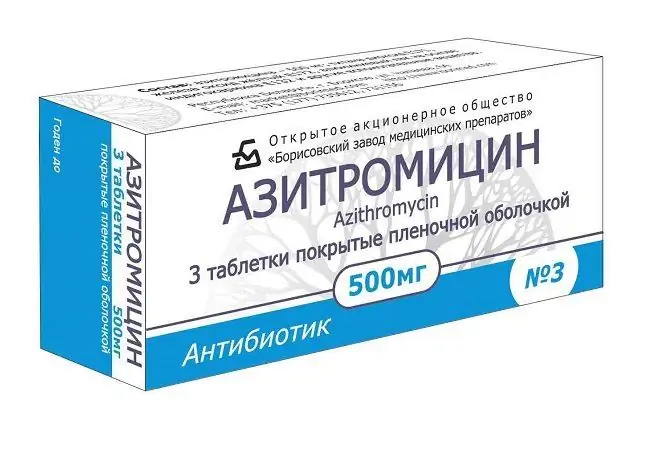- Author Rachel Wainwright [email protected].
- Public 2023-12-15 07:39.
- Last modified 2025-11-02 20:14.
The incubation period of chickenpox: how the disease develops and proceeds
The content of the article:
- Chickenpox epidemiology
- Transmission routes
- Clinical picture
- Pathogenesis
-
Symptoms
Chickenpox onset in adults
- Diagnostics and treatment
- Complications
- Prevention
- Video
The incubation period of chickenpox is the period from the moment the chickenpox virus enters the body until the appearance of visible manifestations of the disease.

From the moment the pathogen enters the body until the characteristic symptoms appear, a certain period passes
Chickenpox, or chickenpox, is an acute viral infection with high contagion. Its course is characterized by intoxication, damage to the epithelium of the skin and mucous membranes, which manifests itself as a papular-vesicular rash.
Chickenpox refers to uncontrollable infectious diseases, and the spread of the virus is a sick person who is dangerous from the onset of the disease and within 5 days after the appearance of the last bubbles. The patient is especially contagious during the rash.
The causative agent of chickenpox - Varicella Zoster - is a DNA-containing virus belonging to the third type of human herpesvirus. Most of the viral particles are contained in the vesicles in the first 3-4 days of illness, then their number sharply decreases, and after 7 days they are not detected in the patient's body at all.
Chickenpox epidemiology
The virus is not able to multiply outside the human body; in the external environment it survives for about 10 minutes. The infectiousness of the infection is associated with the volatility of its pathogen - it can be carried by an air stream at a distance of up to 20 meters.
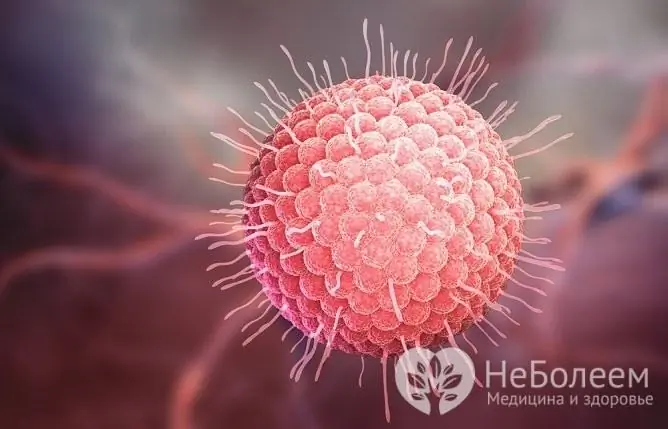
The chickenpox virus is practically nonviable outside the human body.
The incidence of infection depends on the season, the characteristics of immunity in winter and spring, which is associated with a deficiency of vitamins, minerals, decreased physical activity and sun exposure.
Chickenpox is an extremely contagious disease, the susceptibility reaches 100%. This infection occurs everywhere, with the main risk group being children from 1 to 10 years old (approximately 80% of cases). The highest incidence of the disease occurs at the age of 3-4 years. By the age of 15, about 85% of the population has time to transfer the infection and acquire immunity.
Among rural residents, cases of chickenpox infection are almost 2 times less than in urban areas. The frequency of infection depends on the season, increases in the autumn-winter period and accounts for approximately 70-80% of the total number of patients.
Transmission routes
Infection is transmitted in several ways:
| Infection routes | Transfer method |
| Airborne | When talking, coughing, sneezing, kissing |
| Contact | If the patient's saliva or the contents of the bubbles get in contact with even intact skin |
| Transplacental | The fetus can become infected in the womb, which became ill during this period |
Clinical picture
Chickenpox occurs in 4 periods:
- incubation (hidden);
- premonitory;
- rash period;
- period of crust formation.
The infection enters the human body through the mucous membrane of the upper respiratory tract. In cells affected by the virus, spherical eosinophilic formations in the nuclei (Tizzer's little bodies) are found.
When the cell nuclei are destroyed, these bodies enter the cytoplasm. The union of cellular vacuoles leads to the formation of vesicles (vesicles). Bubbles are made up of small cavities that drain off when filled with liquid.
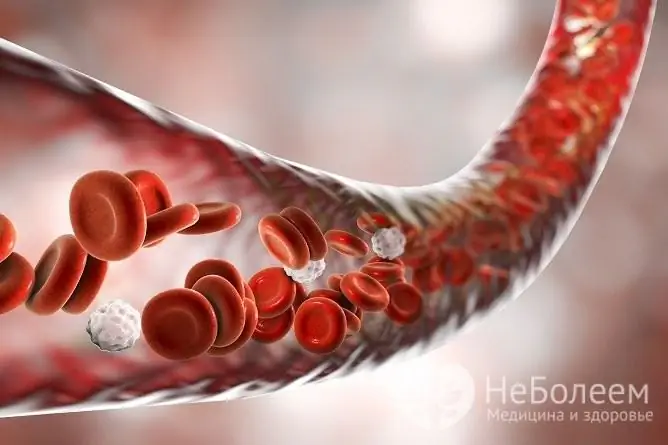
Varicella Zoster enters the bloodstream in the prodromal period
Varicella Zoster during the incubation period of chickenpox multiplies on the mucous membranes, then, in the prodromal period, enters the bloodstream. With the blood flow, the virus spreads throughout the body, while the chickenpox rash appears on the skin everywhere.
Pathogenesis
The mechanism of development of the disease is based on a violation of the reactions of cellular immunity. Reproduction of the virus in immune cells (neutrophils, lymphocytes, monocytes, macrophages) leads to immunodeficiency in the T-cell type.
The mechanisms of suppression of defense reactions are aimed at reducing the activity of phagocytosis, suppressing the activity of immune killer cells. Against the background of suppression of the immune system, severe forms of chickenpox can develop.
The targets for infection are mainly the skin and mucous membranes. As a rule, after the rash disappears, no scars remain on the mucous membranes, which is explained by the shallow damage to the epithelium.
The chickenpox virus is not only dermatotropic, but also neurotropic, that is, it can affect nerve cells, which often manifests itself in disorders of the nervous system. Less commonly, the liver, lungs, and kidneys are affected.
Symptoms
The main signs of chickenpox in patients are:
- increased body temperature (up to 38 ° C, less often up to 40 ° C);
- weakness;
- headache;
- profuse rash.
The rash spreads over the skin of the face, back, torso, scalp, and also on the mucous membranes of the oral cavity. Itching of the skin is a common symptom.

The rashes can be of different sizes
Typical elements of the rash are vesicles, their size varies from 1 to 5 mm. Separate large elements can have a specific depression in the center. Each element visually changes over the course of 3-6 days.
First, a speck appears, which quickly turns into a bubble with transparent contents, then it bursts within a few hours. After that, an ulcer is formed, which later dries up, and a crust remains on the skin. After 5-7 days, the crust disappears.
Chickenpox onset in adults
The incubation period of chickenpox in adults is the same as in children. The symptoms of the disease are similar in both age groups. Often the area of the rash in adults is larger, the rash is accompanied by severe itching.
The risk group with a complicated course of chickenpox is made up of persons with lesions of cellular immunity (HIV-infected, patients with diabetes mellitus, bronchial asthma, acute leukemia).
Diagnostics and treatment
Differential diagnosis of chickenpox is based on a combination of anamnestic (contact with the patient), clinical (vesicular rash, intoxication, hyperthermia) and laboratory data.
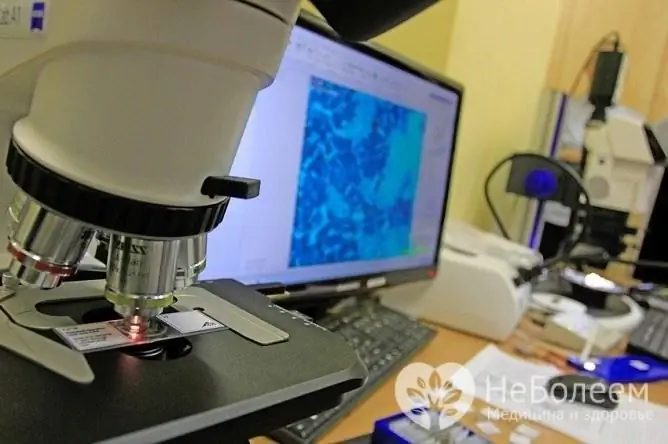
In complicated cases, microscopy is required to confirm the diagnosis.
The most accurate and reliable diagnostic methods are:
- microscopy: examination of the contents of the vesicles;
- enzyme immunoassay: determination of antibodies in the patient's blood;
- polymerase chain reaction: determination of the DNA of a virus in the body.
Complications
Complications of chickenpox are divided into primary and secondary. The primary ones are directly related to the action of the virus:
- pneumonia;
- encephalitis;
- meningoencephalitis;
- hemorrhagic nephritis;
- thrombocytopenic purpura;
- stenosing laryngitis;
- Reye's syndrome.
Secondary ones include:
- abscesses;
- phlegmon;
- lymphadenitis;
- erysipelas.
Prevention
Preventive measures are general and specific. General prevention includes the identification and isolation of patients, ventilation and wet cleaning of the premises. The quarantine lasts three weeks (21 days).
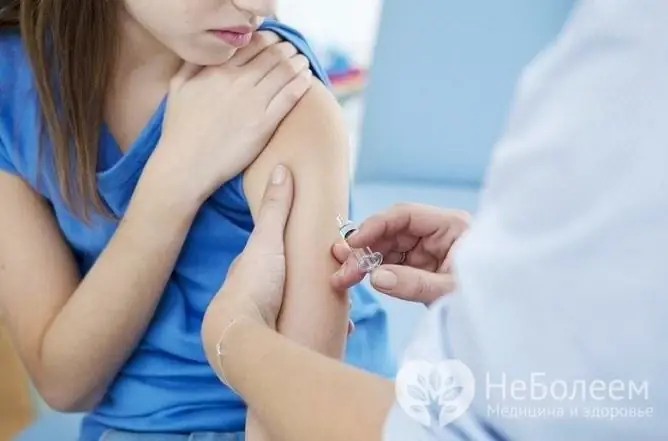
The most effective way of prevention is vaccination
Specific prophylaxis consists of vaccination with an attenuated varicella-zoster virus, which has so far reduced morbidity and hospitalization rates worldwide by almost 90%.
Video
We offer for viewing a video on the topic of the article.

Anna Kozlova Medical journalist About the author
Education: Rostov State Medical University, specialty "General Medicine".
Found a mistake in the text? Select it and press Ctrl + Enter.






